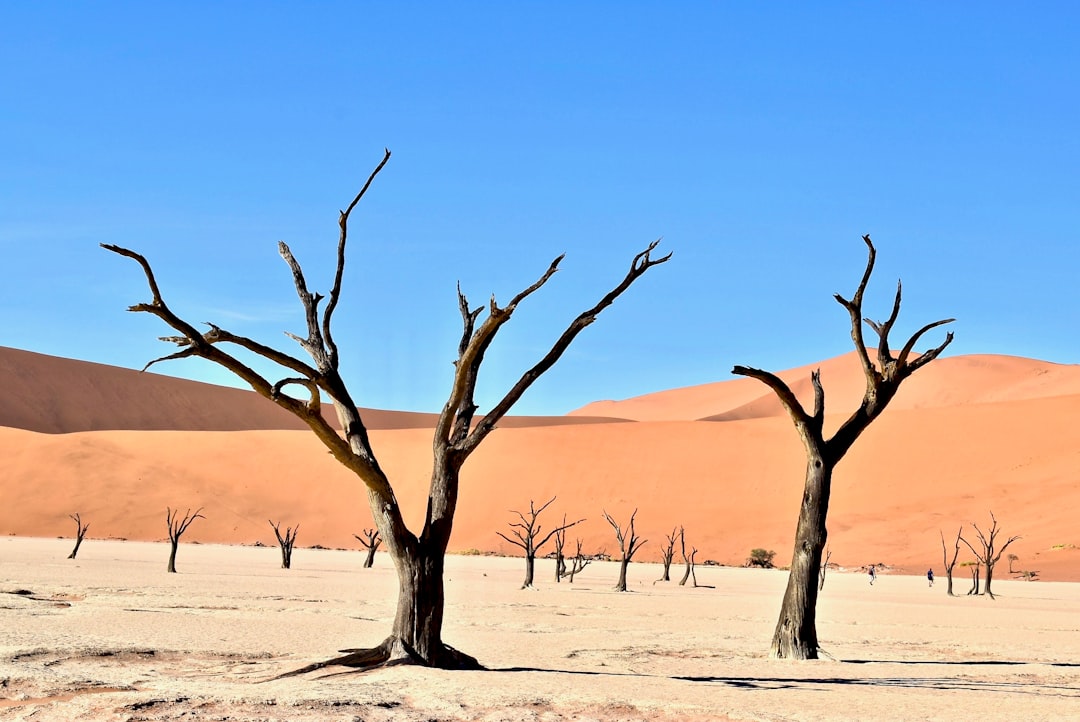If you were to ask a random young Arab woman about the impact of carbon emissions on her life, you might not receive a response. However, this is not due to ignorance or cultural shallowness, but rather because the link and intersection between "climate change and gender" has never been seriously discussed among decision-makers or in popular debates with wide reach and influence.
Currently, the MENA region faces significant climate change challenges. Gender dynamics and environmental shifts are intertwined and often overlooked. However, viewing climate change through a gendered lens can reveal multifaceted insights into environmental and societal factors in the MENA region.
The intersection of gender and climate change in the MENA region
According to a recent article from the nonpartisan think tank, Carnegie Endowment for International Peace, titled "Climate Change and Vulnerability in the Middle East", the Middle East's Arabic-speaking nations are at significant risk of experiencing detrimental impacts from climate change. These impacts include heatwaves, droughts, sandstorms, floods, and rising sea levels. Unfortunately, underprivileged countries will bear the brunt of these effects, while oil-exporting nations will encounter difficulties in their shift towards sustainable energy sources.
Studies indicate that women in the MENA region suffer disproportionately from climate change, facing challenges such as water and food scarcity, loss of income, and displacement from their homes. Gender norms in several MENA societies limit women's access to resources critical for climate resilience, hindering their ability to cope with and recover from the effects of climate change.
Gender disparities, rooted in societal norms, traditions, and power structures, have significant implications for climate resilience in the MENA region. Women often face greater climate risks due to existing vulnerabilities, socioeconomic factors, resource limitations, and mobility restrictions, particularly in rural and marginalized communities.
Khaled Suleiman, an Iraqi writer and journalist renowned for his expertise in environmental and climate change issues, emphasizes that the impacts of climate change in the Middle East are far from uniform across different groups and nations. Regrettably, it is often women, girls, and children who bear the heaviest burden of these transformations. Specifically, rural and marginalized communities have witnessed significant shifts in their social structures, customs, and traditions as a consequence.
Women residing in rural areas of the MENA region
The valuable contributions of women in rural areas of the MENA region are frequently overlooked, despite the essential role they play in managing natural resources and ensuring their own livelihoods. Women possess critical knowledge and skills that are imperative for agriculture and natural resource management.
Climate change has disrupted traditional weather patterns and resource availability, adding more strain to women's already pivotal roles. The direct effects of erratic rainfall, desertification, and water scarcity have affected their ability to maintain their livelihoods, which in turn has a ripple effect on local communities.
Empowering women to fight climate change involves recognizing their potential for creating change. Women-led initiatives have been successful in building resilience, such as water conservation in Jordan and afforestation in Morocco.
Suleiman adds: "One distressing consequence has been the growing prevalence of child marriage and the denial of education opportunities for girls. These distressing trends have gained ground due to the decline in the daily and monthly incomes of families heavily reliant on agriculture, which today faces the most severe forms of desertification. This challenge is especially pronounced in Syria and Iraq. Additionally, the scarcity of natural resources exacerbates the situation, with severe consequences for people's health. For instance, Tunisia and Algeria are grappling with a surge in diseases caused by stagnant and polluted water sources. These dire circumstances disproportionately affect women and children residing in households".
Decision–making processes
In the MENA region, women are not adequately represented in formal decision-making spaces that deal with environmental policies. This lack of representation hinders the integration of diverse perspectives and limits the potential for comprehensive climate solutions.
The effects of climate change are not evenly distributed and have unique impacts on individuals, societies, and ecosystems. Women often experience heightened vulnerability as a result of poverty and political exclusion and rely heavily on natural resources for their livelihoods.
And here Suleiman underscores that: "Unfortunately, Arab governments have yet to formulate decisive policies, often failing to perceive climate change as a pressing concern until they experience extreme environmental events, as recently occurred in Libya this week".
So, what next?
Resolving these inequalities is not only a matter of social justice but also a crucial step towards improving climate resilience. Empowering women in the region can result in more inclusive, sustainable, and effective approaches to combating the effects of climate change.
